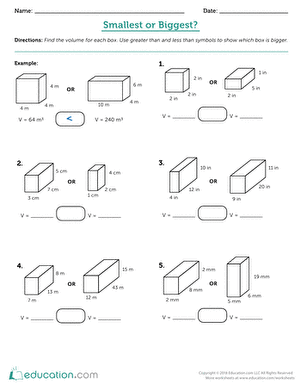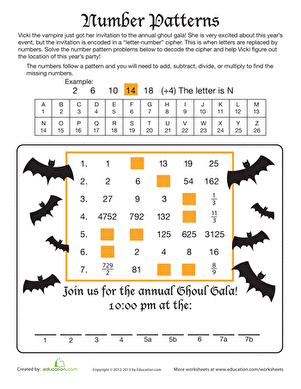Science project
Nine: The Biggest Little Number
Difficulty
Medium
Cost
Minimal
Safety Issues
None
Material Availability
Common
Approximate Time
Minutes to a lifetime
Objective
To show and explore how exponents are used.
Materials
- Paper
- Calculator that can handle large exponents
Introduction
Mathematicians and scientists use exponents to make their math easier. Big numbers, or very little numbers, can be written more easily using exponents. For example, 400,000,000,000,000,000,000,000 can be written as 4 x 1023, which means 4 with 23 zeroes after it.
99, which is read “9 to the 9th power,” means 9x9x9x9x9x9x9x9x9. With the third superscript, that resulting number is multiplied times itself 9 times. So, in a very tiny space, a very large number is represented.

Learning how exponents work is important for more advanced math such as algebra, trigonometry and calculus, and is essential for sciences such as chemistry and astronomy.
Project Illustration
Show the math.

Research Questions
- What is a positive exponent?
- What is a negative exponent?
- What is a superscript?
- How do scientists use exponents in their work?
Terms
- Squared: a number times itself, used, among other things, to calculate area
- Cubed: a number time itself, times itself, used, among other things, to calculate volume
Concepts
Exponents are a method to handle extremely large or extremely small numbers. The distance between stars and galaxies would be difficult to write out even with miles, kilometers or light years. Exponents make this possible. The same is true of dealing with the diameter of an atom, or the wavelength of the color red. Exponents allow scientists to perform needed mathematical functions with these extremely large or extremely small numbers.
Experimental Procedure
- To grasp the idea, use paper to manually calculate 9x9x9x9x9x9x9x9x9.
- Repeat this with a calculator capable of displaying exponents.
Bibliography
Education.com provides the Science Fair Project Ideas for informational purposes only. Education.com does not make any guarantee or representation regarding the Science Fair Project Ideas and is not responsible or liable for any loss or damage, directly or indirectly, caused by your use of such information. By accessing the Science Fair Project Ideas, you waive and renounce any claims against Education.com that arise thereof. In addition, your access to Education.com's website and Science Fair Project Ideas is covered by Education.com's Privacy Policy and site Terms of Use, which include limitations on Education.com's liability.
Warning is hereby given that not all Project Ideas are appropriate for all individuals or in all circumstances. Implementation of any Science Project Idea should be undertaken only in appropriate settings and with appropriate parental or other supervision. Reading and following the safety precautions of all materials used in a project is the sole responsibility of each individual. For further information, consult your state's handbook of Science Safety.












